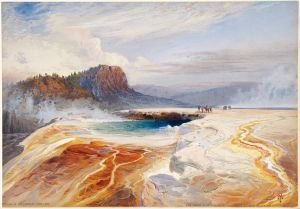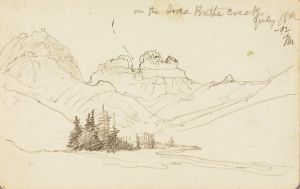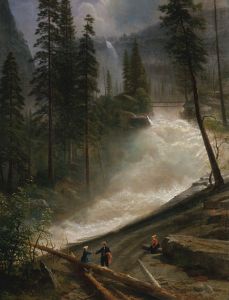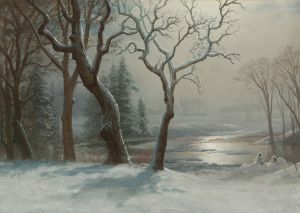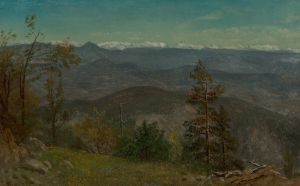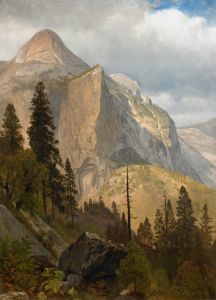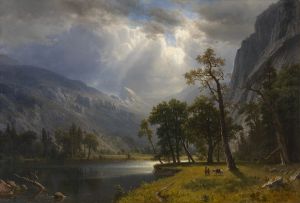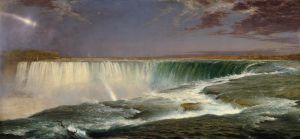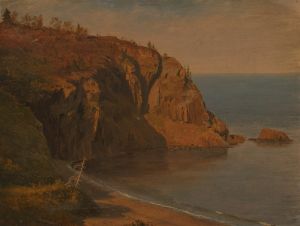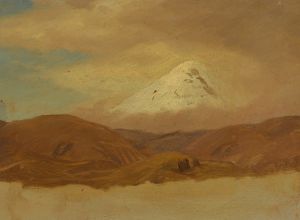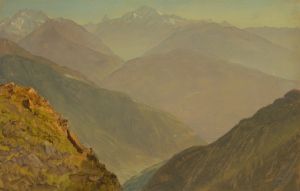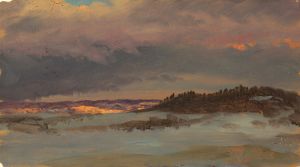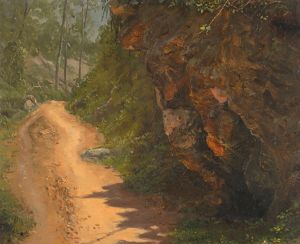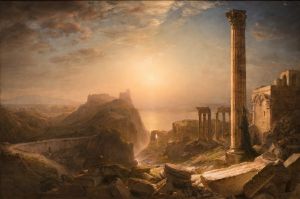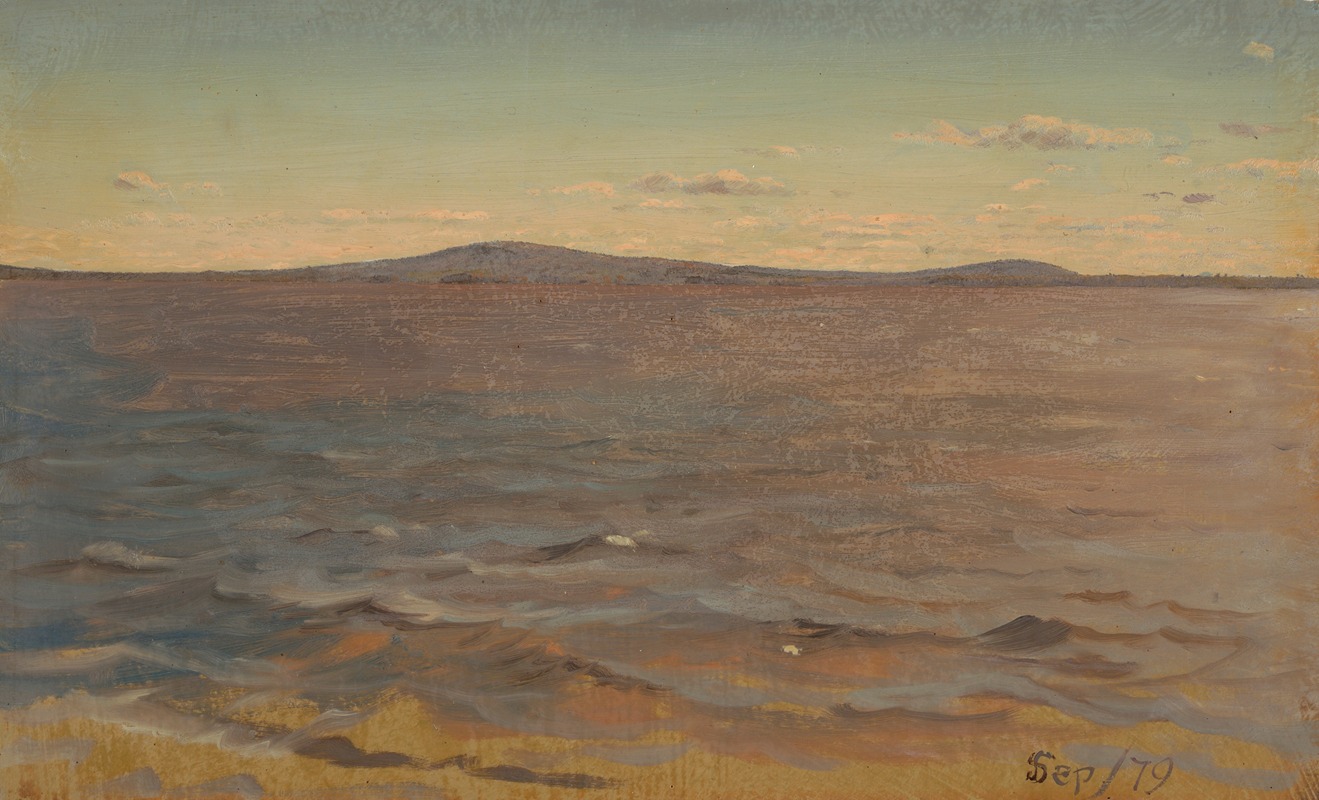
Maine, Lake Katahdin
A hand-painted replica of Frederic Edwin Church’s masterpiece Maine, Lake Katahdin, meticulously crafted by professional artists to capture the true essence of the original. Each piece is created with museum-quality canvas and rare mineral pigments, carefully painted by experienced artists with delicate brushstrokes and rich, layered colors to perfectly recreate the texture of the original artwork. Unlike machine-printed reproductions, this hand-painted version brings the painting to life, infused with the artist’s emotions and skill in every stroke. Whether for personal collection or home decoration, it instantly elevates the artistic atmosphere of any space.
Frederic Edwin Church's "Maine, Lake Katahdin" is a notable painting by the American landscape artist, who was a central figure in the Hudson River School of painting. This school was known for its romantic portrayal of the American wilderness, emphasizing the natural beauty and grandeur of the landscape.
Frederic Edwin Church was born on May 4, 1826, in Hartford, Connecticut, and he became one of the most celebrated landscape painters of the 19th century. He studied under Thomas Cole, the founder of the Hudson River School, and quickly developed his own style that combined meticulous detail with dramatic lighting and composition.
"Maine, Lake Katahdin" depicts the serene and majestic landscape of Lake Katahdin, located in the state of Maine. Mount Katahdin, the highest peak in Maine, is a prominent feature in the painting, showcasing Church's ability to capture the sublime beauty of the American wilderness. The painting is characterized by its detailed rendering of the natural environment, including the reflective waters of the lake, the lush greenery, and the imposing mountain in the background.
Church's work often reflected his deep appreciation for nature and his belief in the transcendentalist idea that nature was a manifestation of the divine. This painting is no exception, as it captures the tranquil yet awe-inspiring essence of the landscape. The use of light and shadow in the painting creates a sense of depth and realism, drawing the viewer into the scene and evoking a sense of wonder and reverence for the natural world.
"Maine, Lake Katahdin" is an example of Church's skill in combining scientific accuracy with artistic expression. He was known for his extensive travels and his practice of making detailed sketches and studies of the landscapes he visited. These studies informed his larger studio works, allowing him to create paintings that were both accurate and evocative.
The painting is also a testament to the 19th-century American fascination with the wilderness and the idea of the sublime. During this period, there was a growing interest in exploring and documenting the natural beauty of the United States, and artists like Church played a crucial role in shaping the national identity through their depictions of the landscape.
Frederic Edwin Church's "Maine, Lake Katahdin" remains an important work in the history of American art. It exemplifies the artist's mastery of landscape painting and his ability to convey the majesty and spiritual significance of the natural world. The painting continues to be admired for its technical skill, its beauty, and its representation of the American wilderness.





